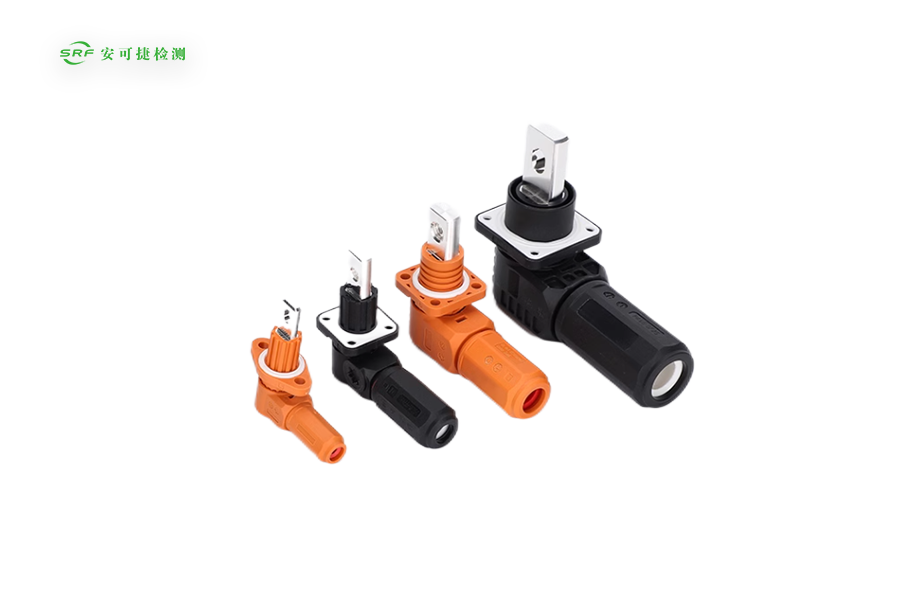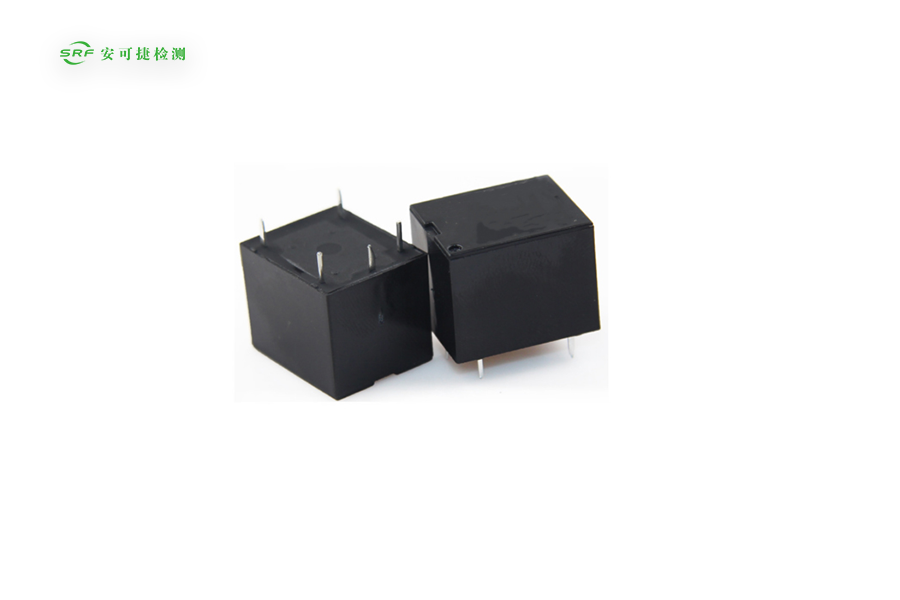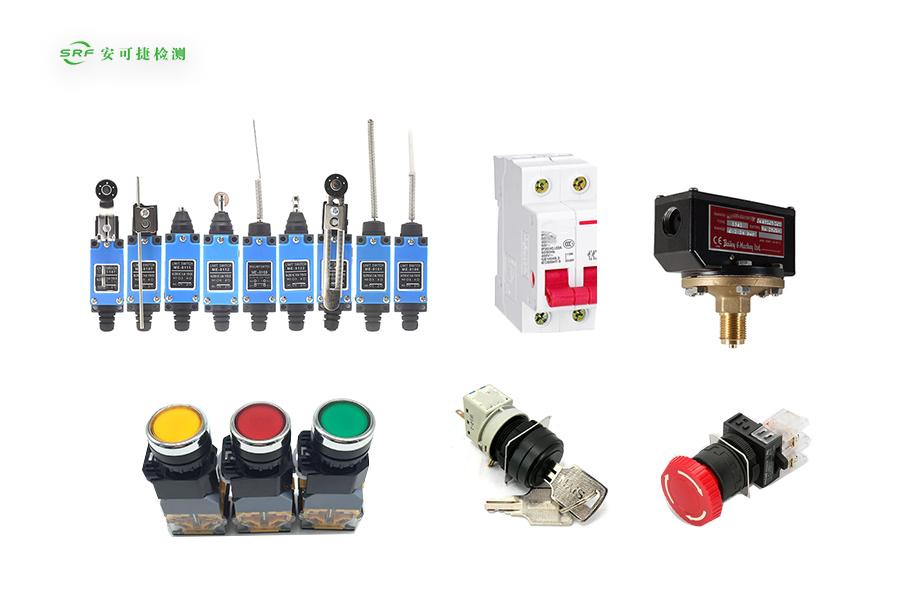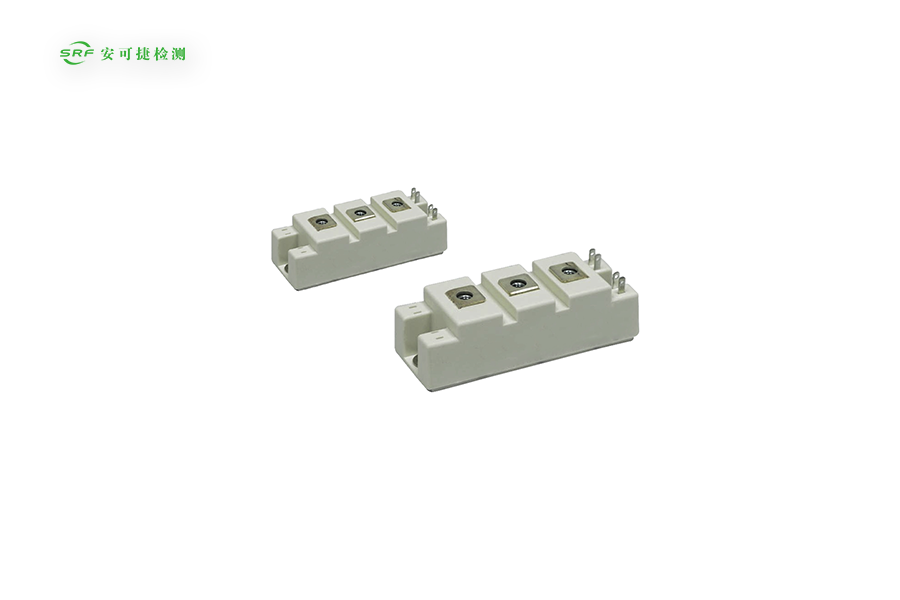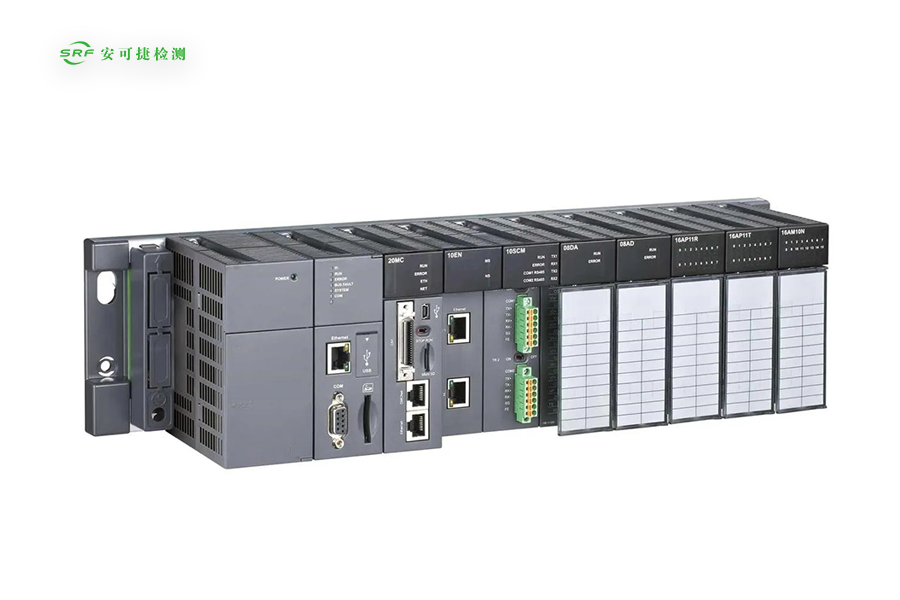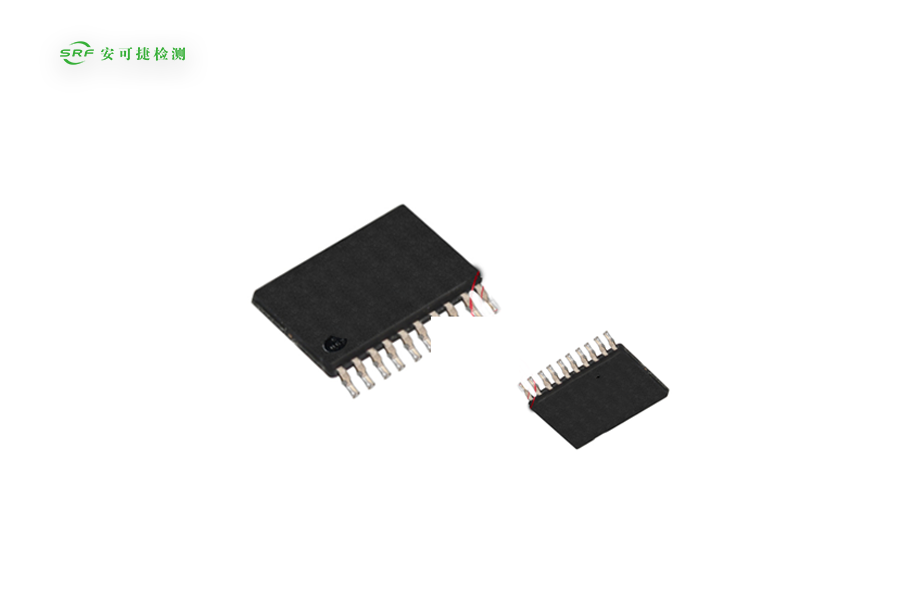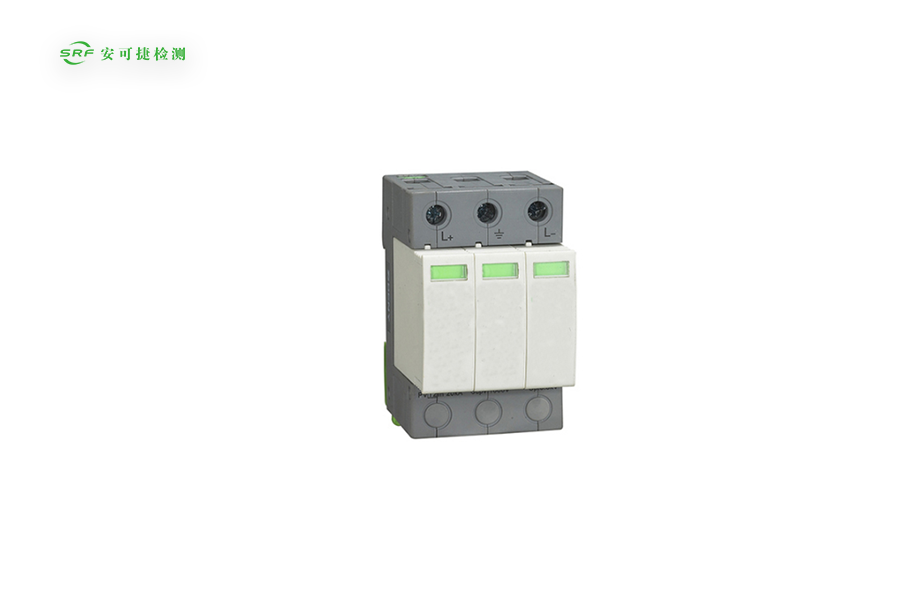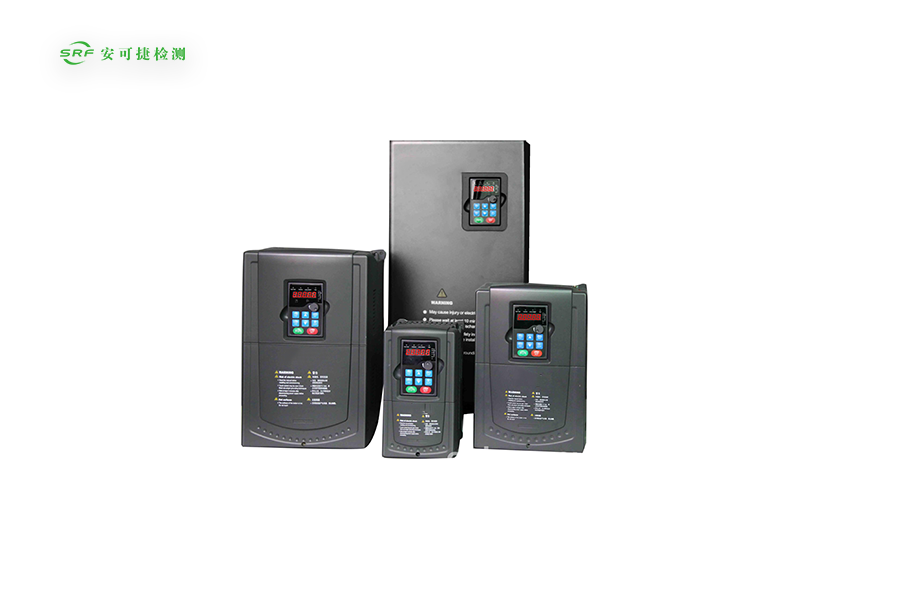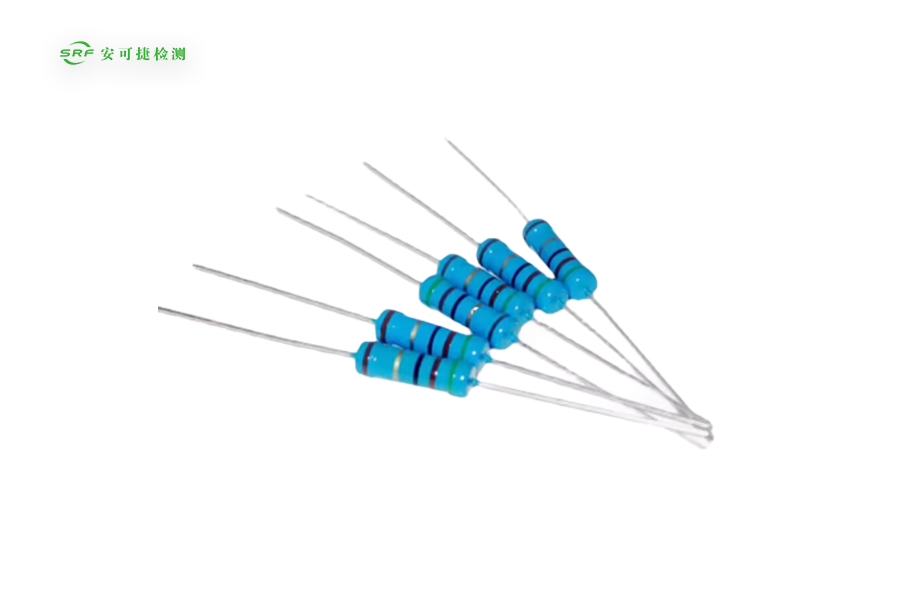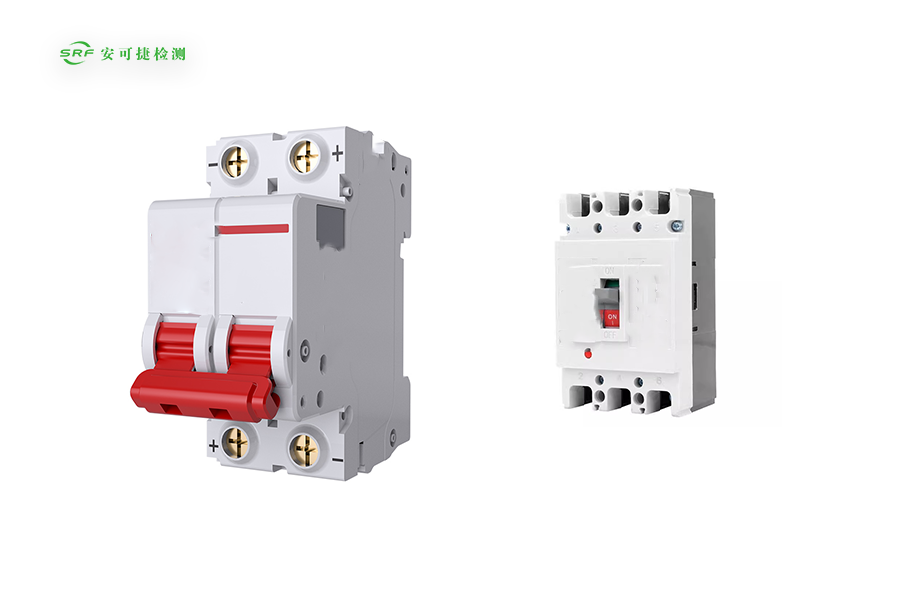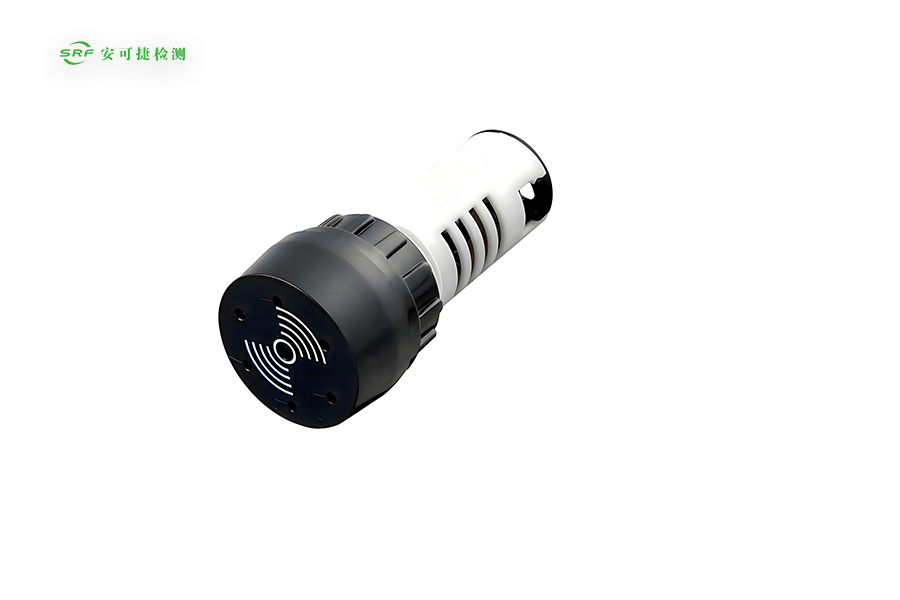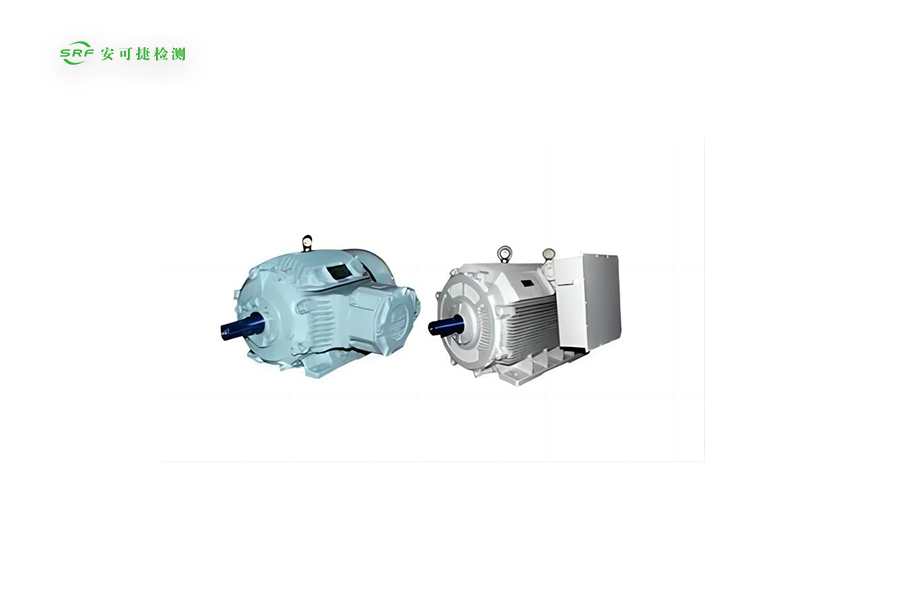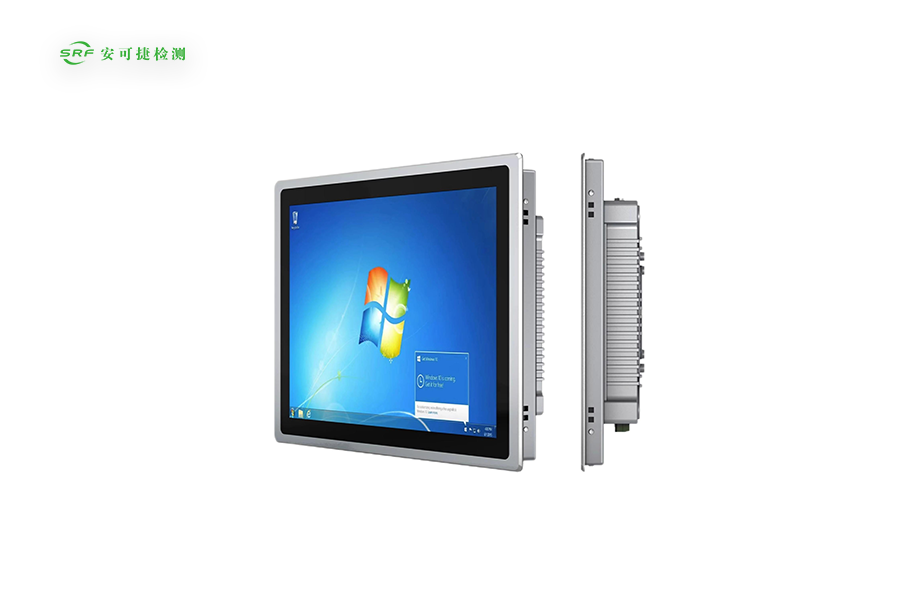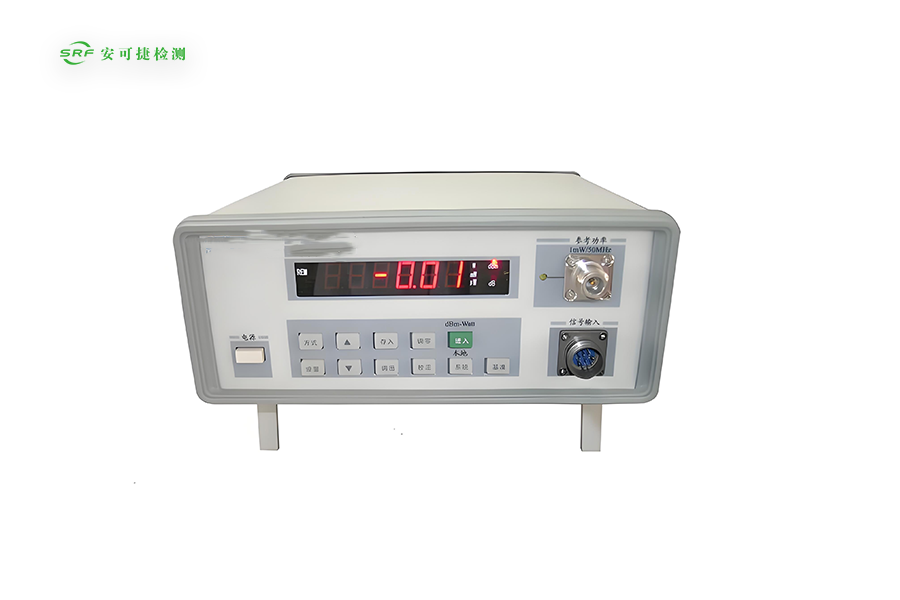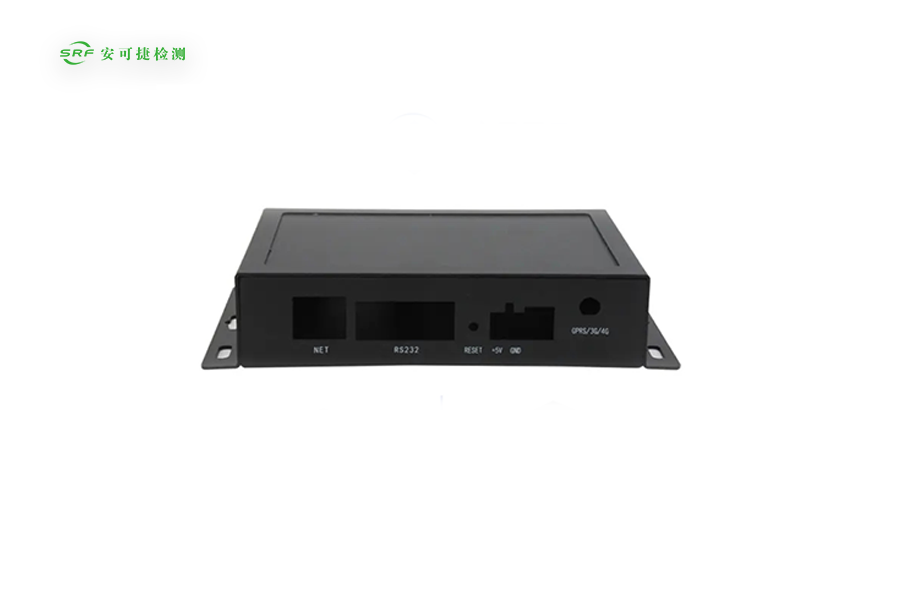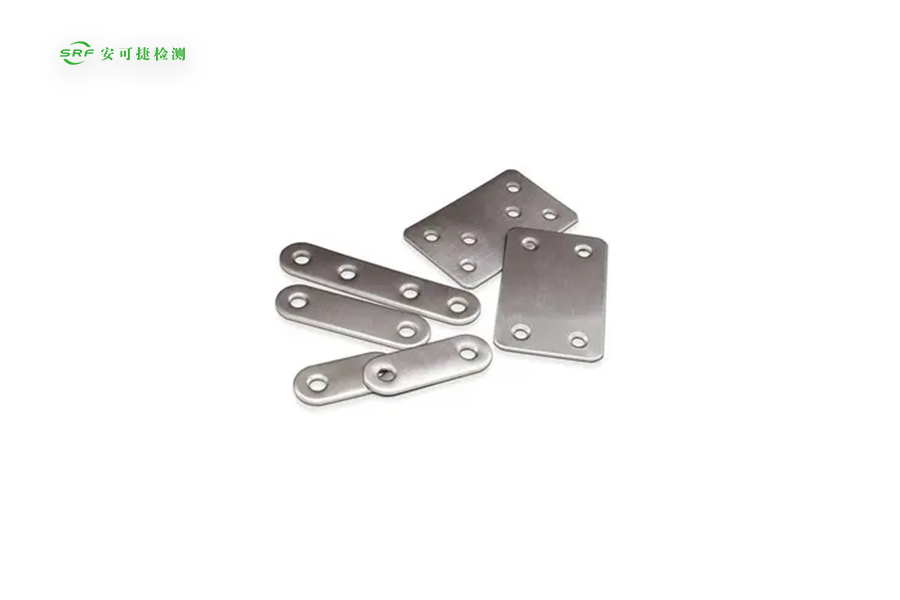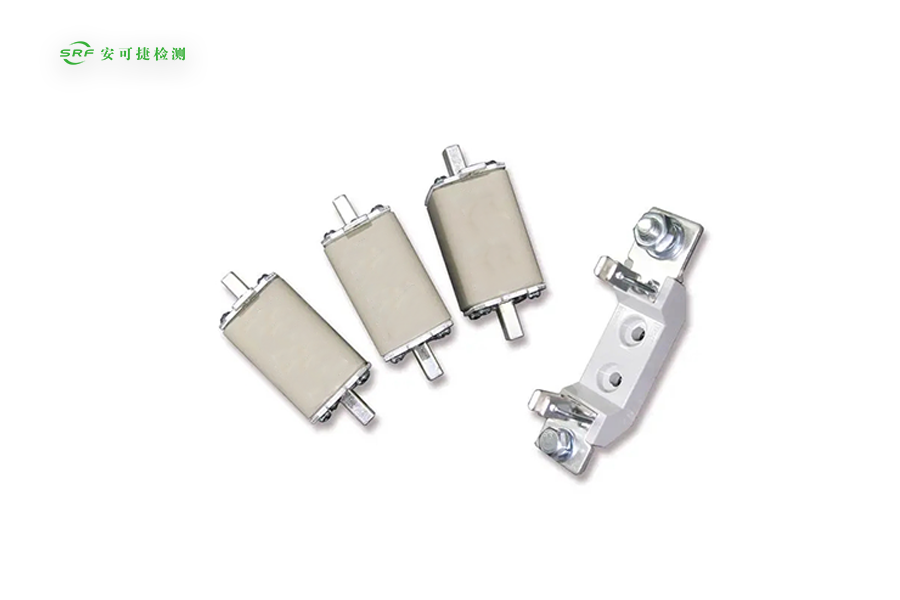Connector
Having legal effect
International credibility
Declaration on the same day
Real time progress tracking
1v1 full jury
5-star service experience
Connector UL 2238 certification:
it is a standard for cable assemblies and accessories for industrial control and signal distribution. It evaluates the reliability of connector field wiring or factory wiring, especially for industrial or commercial connectors and waterproof connectors. This standard ensures that the connector provides a stable and safe electrical connection in a variety of working environments.
Connector UL 4128 certification:
the UL 4128 standard covers mating halves of inter-cell and inter-layer connectors for electrochemical cell system applications. These connectors are typically used in photovoltaic or other types of energy storage systems and are rated for up to 2,000 Vdc or less. The standard specifies the design, materials, electrical performance and safety requirements for connectors to ensure their reliability and safety in battery systems.
Connector UL 6703 certification:
the UL 6703 standard establishes safety requirements for connectors for photovoltaic systems. It covers latching or locking type photovoltaic connectors as free connectors (independent entities) or as fixed connectors (panel or partition type), with a rated voltage of 1500 Vac or dc or lower. In addition, the standard also includes multipolar PV connectors, which are suitable for specific types and temperatures of photovoltaic lines. The purpose of this standard is to ensure that the connectors used in photovoltaic systems can still work reliably under extreme conditions, thereby ensuring the overall performance and safety of the system.
Connector UL 1977 certification:
the UL 1977 standard sets a wide range of requirements for component connectors in data, signal, control, and power applications. These connectors are commonly used in home and business electronic devices such as computers, cell phones, printers, etc. The standard evaluates the performance of the connector during hot plugging and unplugging, ensuring that the connector will not cause damage to the device or the user when inserted or unplugged. In addition, the standard also specifies the design, materials, electrical performance and safety requirements of the connector to ensure its reliability and safety in various applications.
